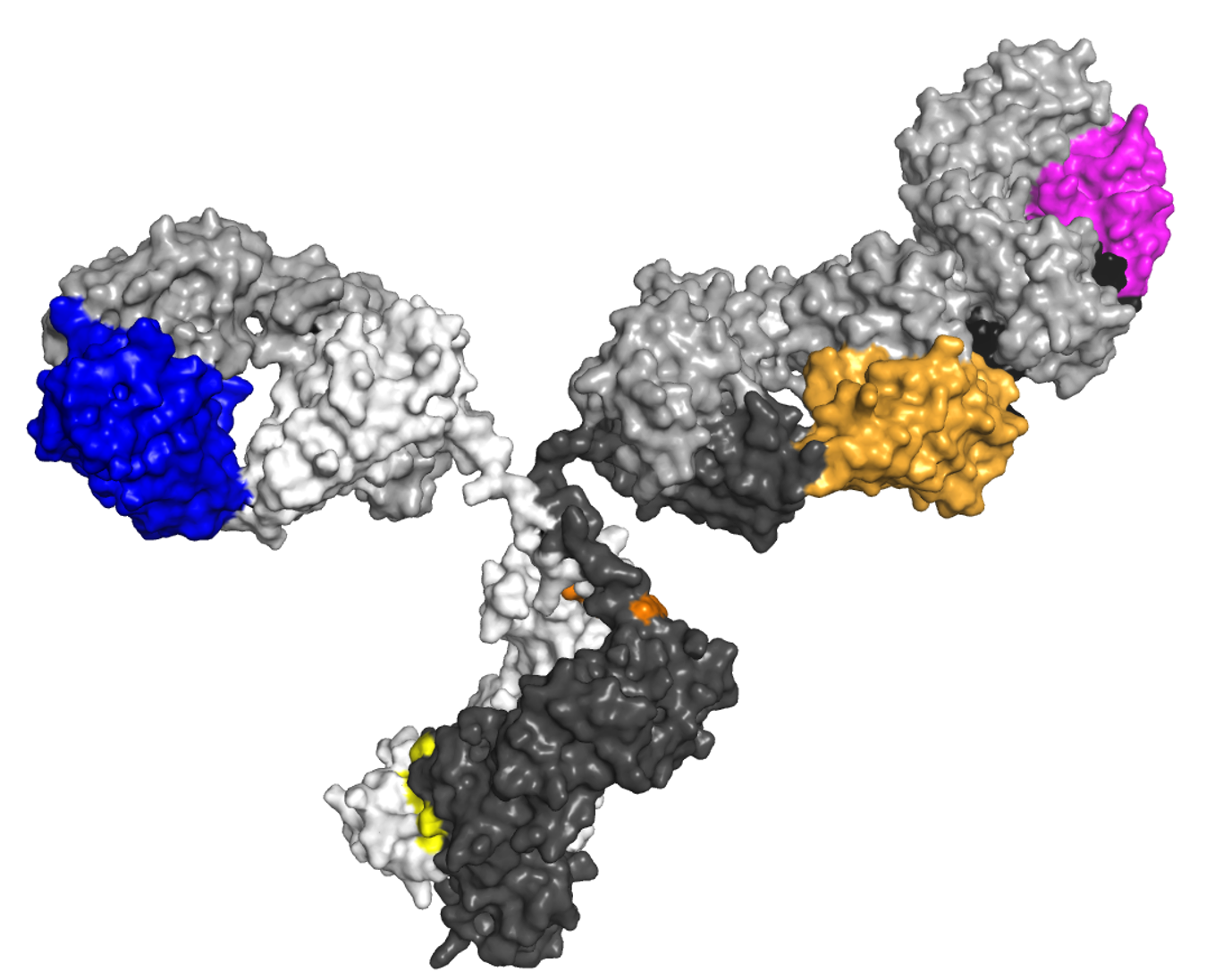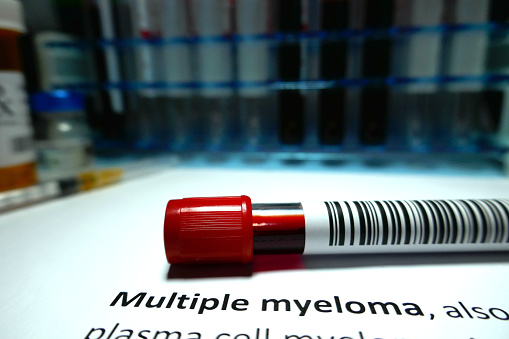
Standard of care for multiple myeloma (MM) often includes high-dose chemotherapy and autologous hematopoietic cell transplantation (AHCT) followed by lenalidomide maintenance therapy at 10 mg to 15 mg per day. However, lenalidomide dose reductions are often required due to adverse events (AEs) and maintenance doses may remain lower than the recommended levels.
A study published in Clinical Cancer Research confirmed that lenalidomide 10 mg to 15 mg per day is an effective dose to extend remission, and a titrated approach may enable patients to reach the recommended maintenance treatment levels.
This multicenter, randomized, open-label study included patients with MM who had undergone AHCT and high-dose lenalidomide consolidation therapy at 25 mg per day. Patients were randomized to receive lenalidomide maintenance therapy at either 25 mg (high dose) or 5 mg (low dose) per day.
A total of 94 patients (median age, 58 years) were randomized to each group; 22% of patients International Staging System 3 disease, and 22% were in complete remission (CR). After a median follow-up of 46.7 months, median daily doses achieved were 14.5 mg in the high-dose cohort and 5 mg in the low-dose cohort. More than half (53%) of dose reductions occurred during consolidation therapy.
Median progression-free survival (primary endpoint) was 44.8 in the high-dose group and 33.0 months in the low-dose group (hazard ratio, 0.65; 95% confidence interval, 0.44-0.97; P=0.032); 36% and 23% of patients, respectively, had a best response of stringent CR (P=0.08). Four-year overall survival was 79% and 67%, respectively (P=0.16).
Hematologic toxicity, grade ≥3 neutropenia, and infections were initially more common with the lenalidomide 25 mg dose, but these decreased after dose adjustments, according to the authors. The most common reasons for dose reductions were neutropenia (55.5%) and blood clots (9.2%). The number of patients who discontinued treatment due to AEs was not statistically different in each arm. Secondary primary malignancy incidence and quality of life scores were similar between the treatment groups.
“Continuous up- and down-titration for each patient to the current maximum tolerated dose is prudent,” the authors concluded.






 © 2025 Mashup Media, LLC, a Formedics Property. All Rights Reserved.
© 2025 Mashup Media, LLC, a Formedics Property. All Rights Reserved.